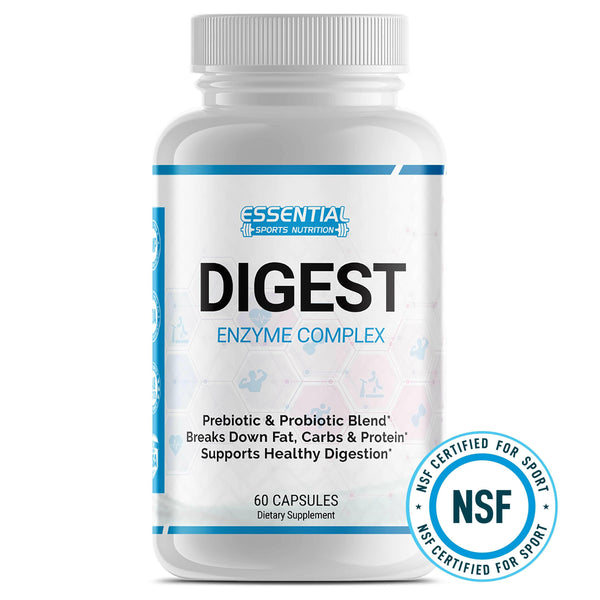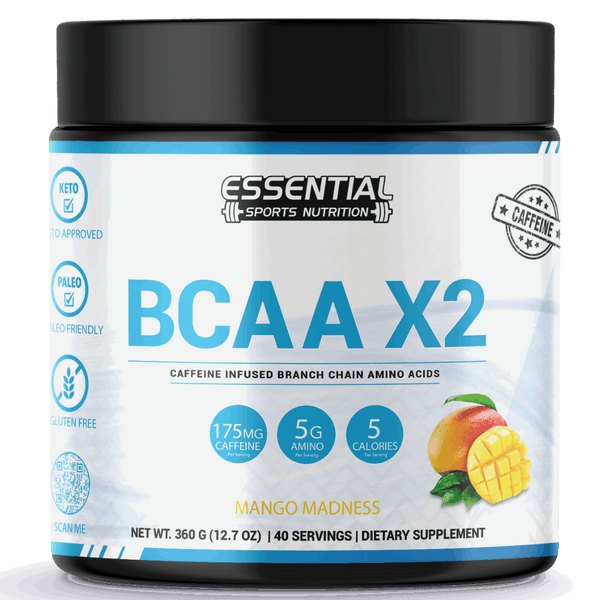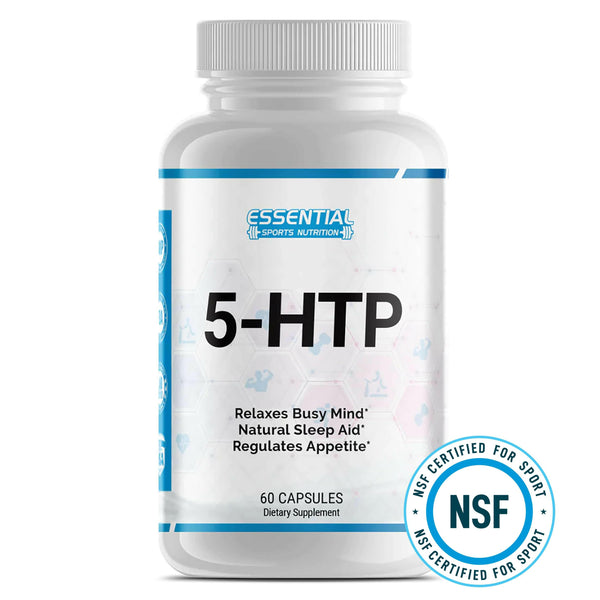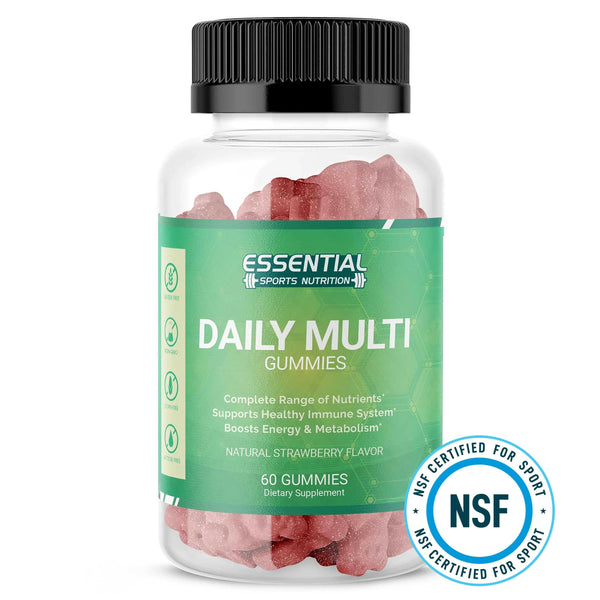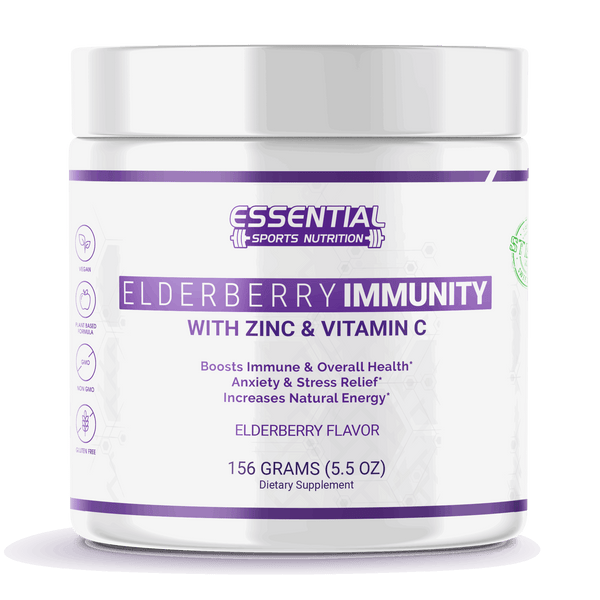The Atkins Diet and Exercise: The Perfect Pair for Real Results
Losing weight can feel like a lonely battle, filled with confusing diets and exhausting workout plans. You may have tried various methods with little to no success, leaving you wondering if there's a better way to shed those stubborn pounds.
The Atkins Diet, paired with a thoughtful exercise program, offers an approach that might just be the solution you've been searching for.
One crucial fact about the Atkins Diet is that it emphasizes low carbohydrate intake while allowing for high protein and fat consumption. This diet asserts that not only can you lose weight without feeling hungry but maintaining your new weight can become easier over time.
In this article, we will explore how combining the Atkins Diet with regular exercise can maximize your weight loss efforts and lead to a healthier lifestyle overall.
Key Takeaways
- The Atkins Diet helps you lose weight by eating less carbs and more protein and fat. You go through four phases, from eating very few carbs to finding the right amount for you.
- Exercise is a big part of losing weight on the Atkins Diet. Doing things like walking, running, or swimming can help burn fat faster.
- Starting an exercise plan while on the Atkins Diet includes setting goals, picking fun activities, and mixing cardio with strength training to build muscle.
- While the Atkins Diet can help with quick weight loss and might improve heart health, it also has risks like nutrient shortages and possible kidney problems.
- Eating healthy fats and proteins before working out can keep your energy up when exercising on a low-carb diet like Atkins.
Understanding the Atkins Diet
The Atkins Diet focuses on cutting down carbs to help your body burn fat more efficiently. It guides you through different phases, each tailored to maximize weight loss and improve health.
Atkins Diet Food List
The Atkins Diet lowers carbohydrate intake for better health and weight loss. It champions a mix of lean proteins, healthy fats, and high-fiber vegetables. Here's what you can enjoy on this diet:
- Lean Proteins: Choose chicken breast, turkey, and lean cuts of beef to fuel muscle cells without unwanted carbs. These sources are vital for keeping your body strong and satisfied.
- Healthy Fats: Avocados, olive oil, and nuts provide energy and help in the absorption of vitamins. They play a crucial role in maintaining optimal health by supporting the cardiovascular system.
- High-Fiber Vegetables: Spinach, broccoli, and kale are must-haves. These veggies offer essential nutrients while keeping net carb intake low. Their fiber content aids digestion and helps maintain blood sugar levels.
- Eggs: Packed with protein and healthy fats, eggs are perfect for any meal. They contribute to muscle mass without adding carbs.
- Fish: Salmon, trout, and other fatty fish rich in omega-3 fatty acids support heart health and improve body composition by reducing body fat.
- Dairy: Cheese, Greek yogurt, and butter can be included in moderation. They provide calcium for strong bones but watch out for carb content.
- Nuts and Seeds: A handful of almonds or sunflower seeds offers a great snack option that enhances psychological well-being due to their good fat content.
- Low-Carb Fruits: Berries like strawberries and blueberries fit into the diet during later phases when slightly higher carb intake is allowed.
- Whole Grains (in Later Phases): Foods like whole oats can be reintroduced slowly to support a gluten-free diet while providing high fiber benefits.
- Branched Chain Amino Acids (BCAAs): Found in dairy products and red meat, BCAAs like leucine, isoleucine, and valine help preserve muscle mass on a low-carb diet.

Atkins Diet Phases
The Atkins Diet unfolds in four distinct phases to support weight loss and maintenance. This methodical approach ensures individuals can tailor their diet to fit their needs while working towards their goals.
Induction Phase:
- This initial phase is the most restrictive, lasting at least two weeks.
- Dieters limit their daily net carb intake to 20 grams, focusing on high-fiber vegetables as the main source of carbs.
- Protein sources like meat, fish, and eggs are encouraged alongside healthy fats.
- The goal here is to kickstart weight loss by shifting the body into a state where it burns fat for fuel.
Balancing Phase:
- During this stage, individuals begin adding more nuts, low carb vegetables, and small amounts of fruit back into their diet.
- Net carb intake slightly increases but remains low enough to continue weight loss.
- The balance phase helps dieters find the right level of carbohydrate intake for steady weight loss.
Fine-Tuning (Pre-Maintenance) Phase:
- As dieters approach their weight loss goals, they slowly add more carbs back into their eating plan to slow down weight loss.
- The fine-tuning phase allows the body to adjust to a slightly higher carb intake without halting progress.
- This stage prepares individuals for a more sustainable long-term eating pattern.
Maintenance Phase:
- Reaching this phase means the individual has met their weight loss target and found their personal carb balance.
- Dieters can now consume as many healthy carbs as their body can tolerate without regaining weight.
- This final stage focuses on maintaining a healthy weight and lifestyle indefinitely.
The Role of Exercise in the Atkins Diet
Exercise boosts success on the Atkins Diet by speeding up weight loss. It turns your body into a fat-burning machine, making diet goals more achievable.
Aerobic exercises
Aerobic exercises play a key role in heart health and calorie burning. They can make a big difference in your fitness journey.
- Walking: It's a simple, yet powerful aerobic activity. You can adjust the pace to fit your current fitness level. Walking helps lower high blood pressure and improves your metabolism without any special equipment.
- Running: This ramps up your heart rate, making it an excellent choice for cardio workouts. Running boosts endurance and can significantly reduce the risk of heart disease.
- Bicycling: Whether outdoors or on a stationary bike, cycling is great for strengthening the musculoskeletal system, especially the legs and lower back. It also enhances cardiovascular health.
- Cardio Workouts: These include activities like aerobics classes, dance fitness classes, and swimming that increase your breathing and heart rate. Such exercises are fun ways to improve physical activity levels while also working out different parts of the body.
- Jogging: A slower form of running that is easier on the joints but still effectively burns calories and increases cardiovascular endurance.
- High-intensity Intervals (HIIT): Short bursts of intense exercise followed by brief recovery periods pump up your VO2 max, improving oxygen consumption and metabolic rate far more than moderate intensity exercise does.
Starting an Exercise Program
Starting an exercise program boosts weight loss and builds muscle on the Atkins Diet. It also brings many health benefits. Here's how to begin:
- Set clear goals: Decide why you're exercising. It could be for weight loss, building muscle, or improving overall health. Knowing your goal helps focus your efforts.
- Choose activities you enjoy: Picking exercises you like ensures you'll stick with the program. This can include walking, swimming, weightlifting, or yoga.
- Start slowly: Begin with light activities to avoid injury. Gradually increase the intensity as your body adapts.
- Incorporate strength training: Add weight training or resistance exercises twice a week to build muscle and boost metabolism.
- Mix in cardio workouts: Include aerobic exercises like jogging, biking, or dancing three times a week to burn fat and improve heart health.
- Plan your schedule: Dedicate specific days and times for exercising each week. Consistency is key to seeing results.
- Track progress: Keep a journal of your workouts and achievements. Seeing improvements motivates you to continue.
- Listen to your body: Take breaks when needed and avoid pushing through pain to prevent injuries.
- Stay hydrated: Drink plenty of water before, during, and after exercise to stay energized and healthy.
- Seek advice if necessary: Consult a fitness expert or health care provider before starting any new exercise regimen, especially if you have existing health issues.
- Adjust based on Atkins phases: As your diet changes through the different phases of Atkins, adapt your exercise routine accordingly for optimal energy levels and performance.
- Combine with healthy eating: Support your exercise program by following the Atkins Diet food list for nutritional balance and effective weight loss.
- Celebrate small victories: Recognize every goal achieved along the way as motivation to keep going.
Maximizing Weight Loss with Atkins Diet and Exercise

Combining the Atkins diet with regular exercise can turbocharge your weight loss efforts. This powerful duo works together to help you shed pounds faster and build a healthier lifestyle.
Exercise and Atkins
Exercise plays a key role in the Atkins diet, enhancing weight loss and overall health. While the Atkins diet emphasizes low-carb eating for weight loss, incorporating exercises such as aerobic activities and resistance training can boost fat loss significantly.
Research suggests that pairing carbohydrate restriction with regular physical activity promotes the greatest reduction in body fat.
Starting an exercise program while on the Atkins diet can lead to more steady weight management and various other health benefits. Aerobic exercises like walking or swimming improve cardiovascular health, whereas resistance training strengthens muscles and bones.
This balanced approach not only helps in shedding pounds but also supports a healthy lifestyle beyond mere weight loss.
Exercising on a Low Carb Diet
Exercising while following a low carb diet, such as the Atkins Diet, can offer unique benefits for weight maintenance and mental health. Low carb diets force the body to burn fat for energy instead of carbs, which may enhance your workout performance.
This approach also aids in building lean body mass when combined with regular exercise. Research suggests it can even help reduce depression and anxiety, making your fitness journey not just about physical health but mental well-being too.
Starting an exercise program on a low carb diet requires careful planning to ensure your body adapts without feeling depleted. Since carbs typically provide quick energy for workouts, you might wonder how to fuel your sessions effectively.
Prioritize foods rich in healthy fats and proteins before exercising to keep energy levels up. Also, incorporating endurance training and aerobic exercises into your routine maximizes fat loss while supporting muscle growth.
This dual focus ensures a balanced approach to achieving a healthier physique and enhanced athletic performance on a low-carb regimen.
The Benefits and Risks of the Atkins Diet

The Atkins Diet offers a way to lose weight by cutting carbs, which can lead to quick results. However, it also carries risks like nutrient deficiencies and heart concerns that people should consider.
Pros and Cons of the Atkins Diet
Evaluating the Atkins Diet reveals a compelling contrast of benefits and drawbacks. This diet, known for its low-carb approach, offers significant advantages in weight management and potential health benefits. However, individuals must also weigh the potential risks associated with such dietary restrictions. Below is a detailed comparison of the pros and cons.
| Pros of the Atkins Diet | Cons of the Atkins Diet |
|---|---|
| Supports weight loss | Can lead to electrolyte imbalances |
| May improve heart health | Potential for constipation due to low fiber intake |
| Could reduce the risk of diabetes | Risk of dangerously low blood sugar, especially in diabetics |
| Helps in managing energy levels | May cause kidney issues from high protein consumption |
| Potentially lowers blood pressure | Not suitable for everyone, considering individual health conditions |
| Can assist in improving cholesterol levels | Long-term health implications are not well-established |
This balanced view of the Atkins Diet's advantages and disadvantages enables individuals to make informed decisions about integrating this diet into their lifestyle. It highlights the diet's potential in managing weight and improving various health markers while cautioning against its possible side effects and long-term impacts on health.
Possible risks of the Atkins Diet
The Atkins Diet, a popular low-carb weight-loss program, comes with several health concerns. Research shows that diets high in animal fats and proteins may lead to an increase in heart disease risk.
This diet has also been linked to greater chances of developing colon cancer, kidney stones, kidney disease, and osteoporosis.
Further studies highlight the potential cardiovascular issues associated with the Atkins Diet. High levels of TMAO, triggered by such diets, can indicate a higher risk for heart problems.
Additionally, there's evidence suggesting that this high-fat approach could negatively impact blood lipid levels and overall heart health. These risks underline the importance of considering long-term effects when choosing a diet for weight maintenance or weight loss.
Conclusion
Maximizing weight loss involves combining the Atkins Diet with a strong exercise program. This approach makes losing weight and keeping it off simpler than you might think. Have you considered how these steps can fit into your daily routine? Incorporating low-carb meals and regular physical activity brings significant health benefits.
For further guidance, explore additional resources on low-carb diets and fitness plans. Remember, your journey to a healthier lifestyle starts with one step - are you ready to take that step today?
The Atkins Diet Plan FAQs
Q: What is the Atkins diet?
A: The Atkins diet is a low-carb diet that focuses on reducing the intake of carbohydrates and instead emphasizes consuming protein and fat. It's purpose is to turn your body into a fat-burning machine by limiting carbs like sugar and flour, so your body uses fat for energy instead.
Q: How does the Atkins diet work?
A: The Atkins diet works by restricting carbohydrates, which helps the body enter a state of ketosis where it burns fat for energy instead of carbs.
Q: What are the benefits of following the Atkins diet?
A: Following the Atkins diet may help you lose weight, reduce body fat, improve heart health, and regulate blood sugar levels.
Q: Can the Atkins diet help with weight loss?
A: Yes, the Atkins diet is known to help individuals lose weight by limiting carb intake and promoting fat burning.
Q: What kind of foods can you eat on the Atkins diet?
A: Foods allowed on the Atkins diet include protein sources, healthy fats, low-carb vegetables, and some dairy products.
Q: Is exercise important while following the Atkins diet?
A: Yes, combining the Atkins diet with regular exercise, including cardio and strength training, can enhance weight loss and overall health benefits.
Q: How can the Atkins diet plan be customized to individual needs?
A: The Atkins diet offers different phases and variations like Atkins 20 and Atkins 40, allowing individuals to tailor their plan based on their goals and preferences.
Q: Can exercise help me lose more weight on the Atkins Diet?
A: Yes! Combining the Atkins Diet with exercises, such as cardio training and using free weights, can speed up your weight loss. Exercise helps burn extra calories and build muscle.
Q: Are there any side effects to the Atkins or keto diets?
A: Some people might feel headache, dizziness, weakness, fatigue, or constipation when they start these diets. It's because their bodies are getting used to less carbs and making ketones for energy.
Q: How do I avoid health problems while following the Atkins Diet?
A: To stay healthy while losing weight with this diet, eat balanced meals including all food groups in moderation except for high-carb ones. Also, get advice from healthcare professionals to make sure it suits you.
Q: What kinds of foods should I eat for breakfast and lunch on the Atkins Diet?
A: For breakfast, try eggs with vegetables cooked in butter or olive oil; for lunch go for salads with chicken or fish topping but watch out for net carb intake for each meal!
Q: Do I need special equipment to start exercising on this program?
A: No special equipment needed! Start with simple activities like wall push-ups to tone your arms and spine stretch exercises that can be done anywhere even sitting on a chair.



